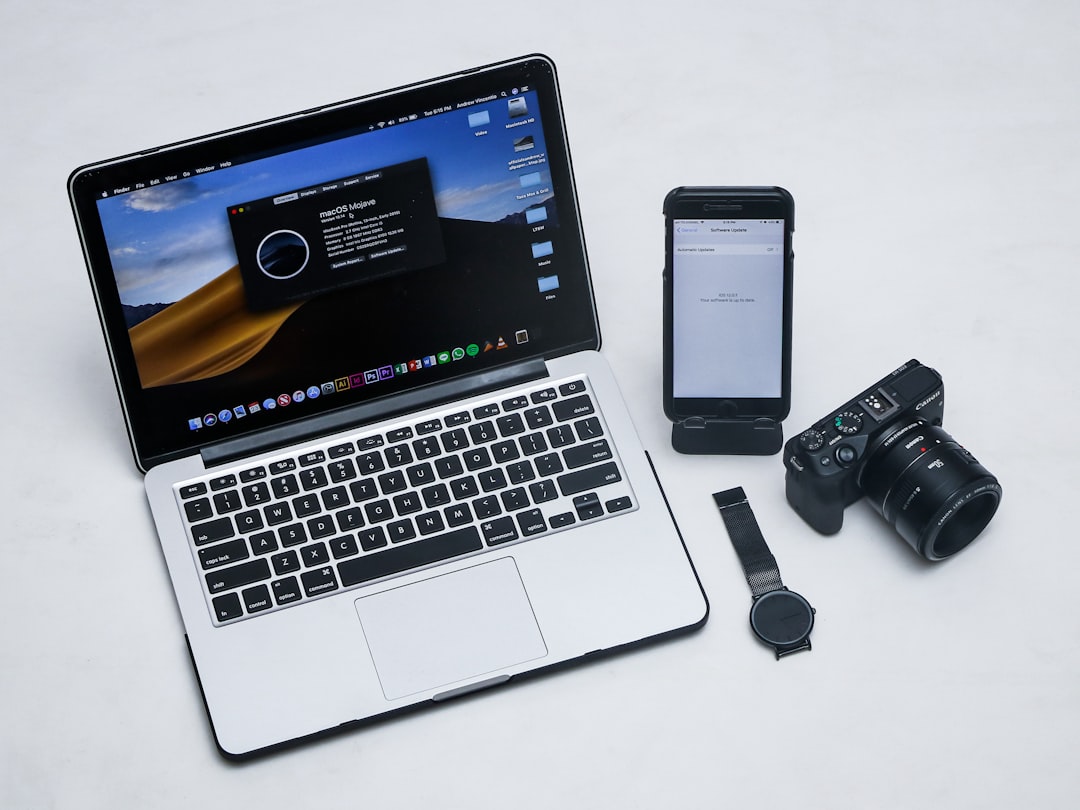In today’s increasingly digital and remote-oriented world, high-quality audio is more than just a convenience—it’s a necessity. Whether you’re a content creator, a podcaster, a remote worker, or a live streamer, clean and intelligible sound dramatically influences how your audience experiences your message. Noise suppression is a powerful tool in achieving professional-sounding audio, and it starts with proper microphone settings. This article explores the intricacies of noise suppression with a serious and trustworthy lens, delving into the key factors that impact its effectiveness and offering guidance on configuring your mic settings the right way.
Understanding Noise Suppression
Noise suppression refers to the process of reducing unwanted ambient sounds captured by microphones. These could be sounds from computer fans, keyboard keystrokes, HVAC systems, traffic noise, or even background chatter. The goal of noise suppression is to isolate and emphasize the primary audio source—usually someone speaking—while minimizing everything else.
There are various software and hardware-based techniques to achieve this. Some are integrated into operating systems, conferencing software, or digital audio workstations (DAWs), while others come as standalone applications. However, regardless of the tools used, the initial configuration of your microphone plays a crucial role in the overall effectiveness of noise suppression.
Key Microphone Settings That Influence Noise Suppression
Achieving optimal noise suppression isn’t just about having the right software—it begins with understanding and adjusting your microphone settings. Below are the most impactful settings that should be addressed:
1. Microphone Gain
Microphone gain controls the sensitivity of your mic. Too much gain can make subtle background noise more pronounced, even with noise suppression technologies in place. On the other hand, setting it too low may make your voice too quiet and less intelligible.
- Keep the gain low enough to avoid capturing background noise but high enough to pick up your voice clearly.
- Test different levels by speaking at your normal volume and adjusting until you find a good balance.
2. Microphone Pattern (Polar Pattern)
The polar pattern determines the directionality of the microphone—that is, from which direction it captures sound.
- Cardioid: Best for isolating the voice of a single speaker directly in front of the mic. Excellent for noise suppression.
- Omnidirectional: Captures sound from all directions; usually not ideal in noisy environments.
- Bidirectional: Captures from front and rear but not sides; used in specific interview settings.
For general voice recording or streaming, select the cardioid pattern to help suppress background noise naturally via directional capture.

3. Distance Between Microphone and Speaker
This is often overlooked but critically important. The closer you are to the microphone (within reasonable proximity), the more defined and dominant your voice will be, allowing noise suppression software to better distinguish between your voice and background sounds.
- Aim to be 6 to 12 inches away from the mic when speaking.
- Use a pop filter to control plosives and help maintain distance.
Software-Based Noise Suppression Tools
Even with perfectly tuned mic settings, some ambient noise will inevitably be captured. This is where software-based suppression comes in. Here are some widely respected tools and technologies used today:
1. NVIDIA RTX Voice and Broadcast
Designed for those with compatible NVIDIA graphics cards, RTX Voice and Broadcast use AI to effectively remove background noise in real-time.
- Eliminates keyboard clicks, fan noise, and other environmental sounds.
- Best utilized in conjunction with proper mic positioning and gain settings.
2. Krisp
Krisp is an AI-powered application that works with most conferencing and voice software.
- Removes both incoming and outgoing noise without distortion.
- Simple interface for fast activation and configuration.
3. Zoom, Teams, and Google Meet Built-In Features
Most major conferencing platforms now integrate noise suppression natively. Be sure to enable these settings in preferences or audio settings for best results.
Note: These built-in suppressors are helpful, but often less effective than dedicated solutions. Proper mic configuration enhances their performance.
Hardware Considerations
Pure software solutions can only do so much; the physical characteristics of your microphone and environment heavily impact the noise floor and overall audio quality. Consider these steps:
Choose the Right Microphone
Dynamic microphones tend to be better at noise rejection compared to condensers. Condenser mics are more sensitive and may capture more ambient noise unless used in a treated space.
Use a Shock Mount and Boom Arm
- Shock mounts isolate the mic from vibrations and desk noise.
- Boom arms allow for better mic positioning and reduce contact with noisy surfaces.
Soundproofing the Recording Area
While not always possible in every situation, adding foam panels, carpets, or even closing windows can substantially reduce noise picked up by the mic.
Advanced Configuration: Using a Digital Audio Interface or Mixer
For serious audio professionals and streamers, a digital audio interface or mixer can provide better preamps, refined gain control, and integrated noise filters. These tools offer next-level customization:
- High-pass filters to remove low-frequency hums or rumbles.
- De-essers and compressors to smooth out speech patterns and bring consistency.
- Routing options to incorporate external noise suppression tools.
Common Mistakes to Avoid
Even with quality gear and software, many users still encounter poor results. Avoid these common pitfalls:
- Setting gain too high and relying solely on suppression software.
- Using an omnidirectional mic pattern in noisy environments.
- Ignoring the acoustics of the recording space.
- Relying on post-processing alone instead of preventing noise at the source.
Final Thoughts
Effective noise suppression is about synergy—between hardware, software, and user behavior. Fine-tuning your microphone settings is the first and most critical step. From controlling gain and selecting the right pickup pattern to leveraging professional tools and soundproofing, every detail counts. In a world where clarity and professionalism significantly affect communication, getting your audio right is not optional—it’s essential.
Whether you’re in a bustling city or a quiet suburban room, these techniques empower you to produce clean, distraction-free audio that is both polished and professional. Understand your tools, optimize your environment, and most importantly, respect the science behind sound. Your listeners will thank you.